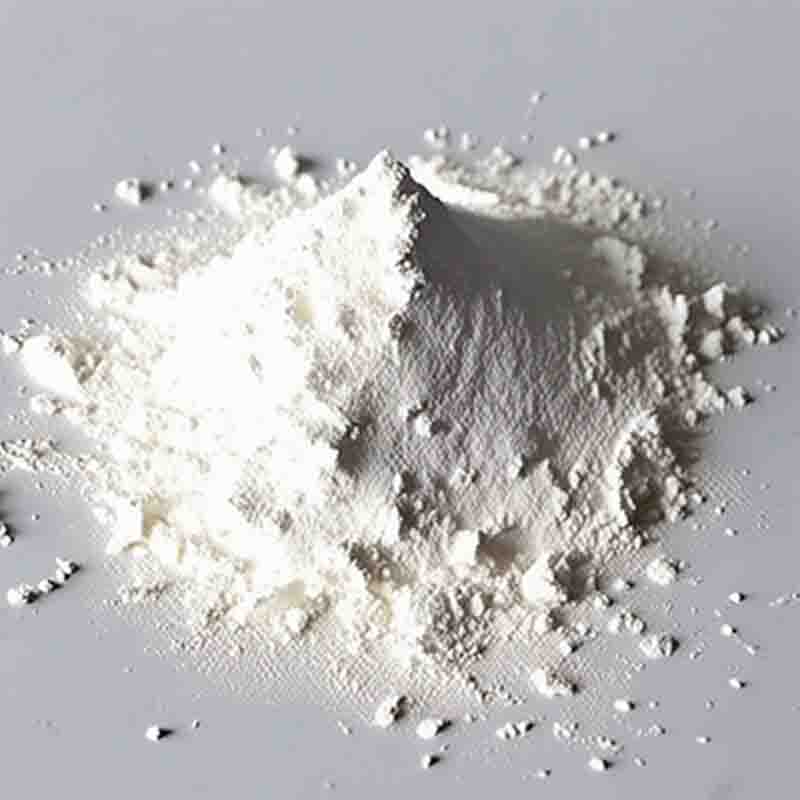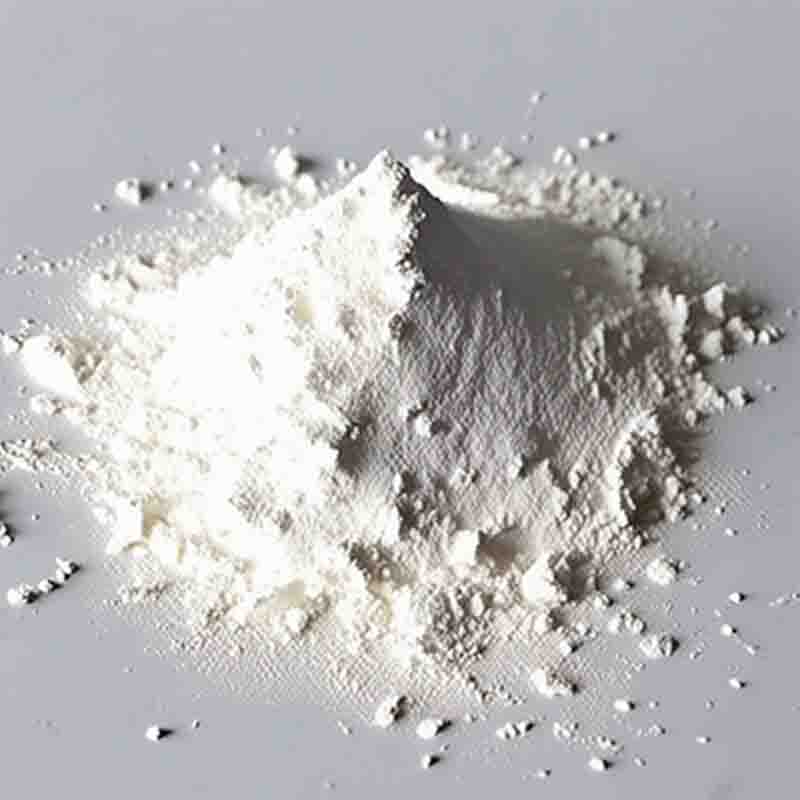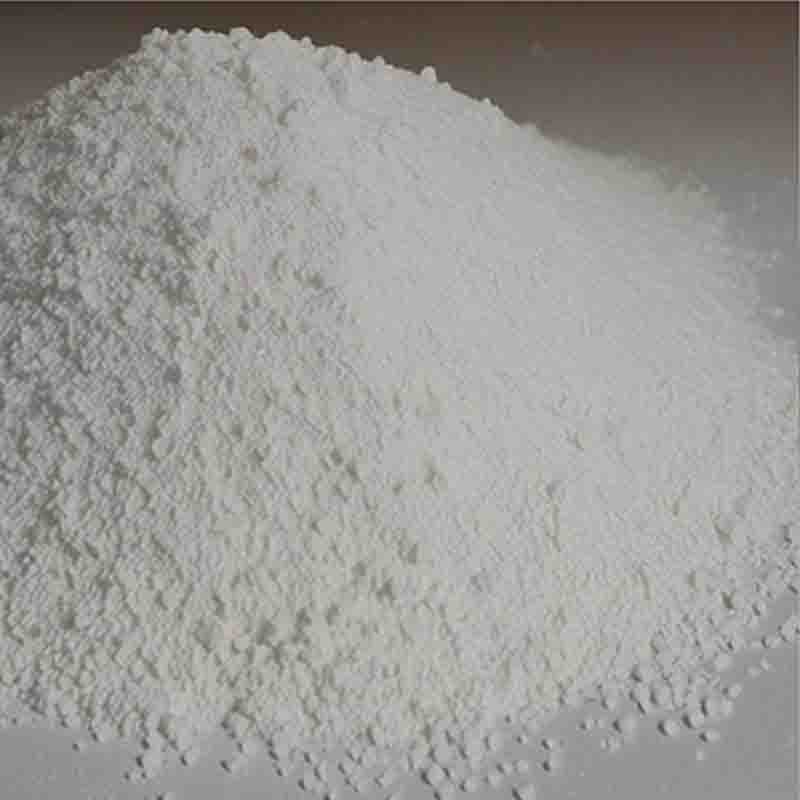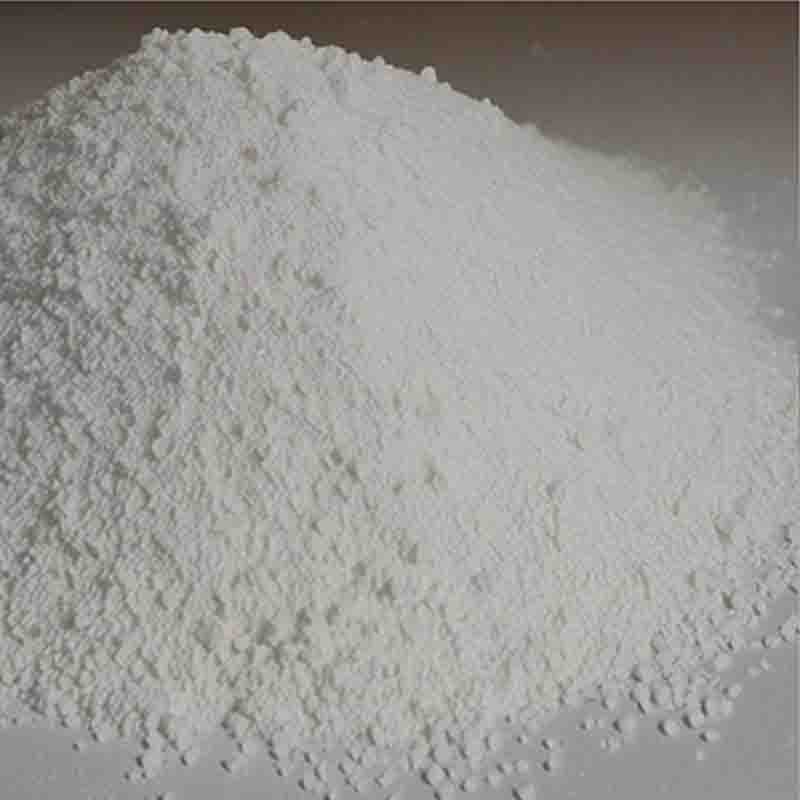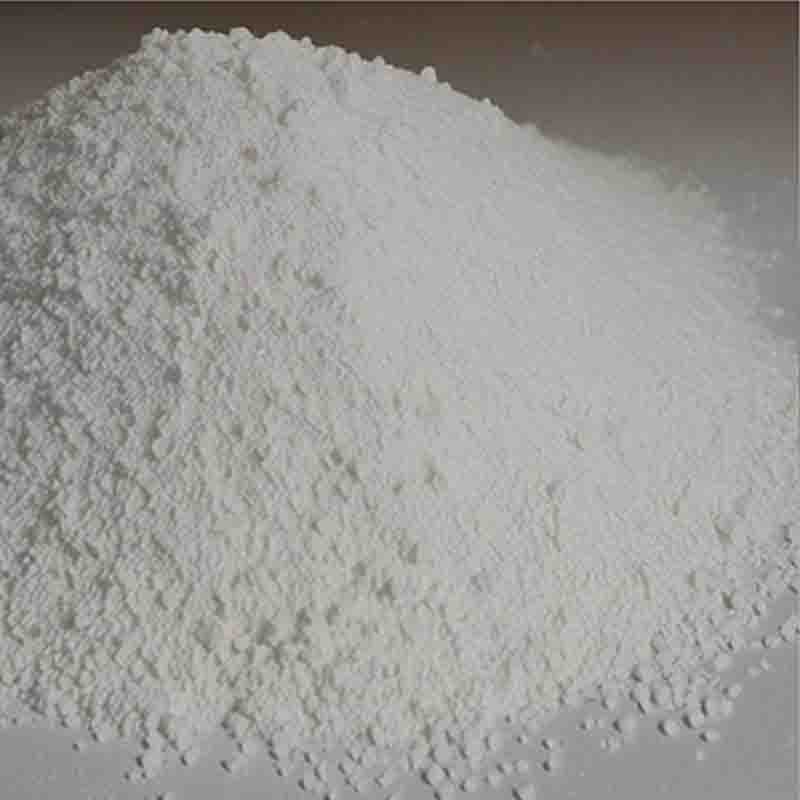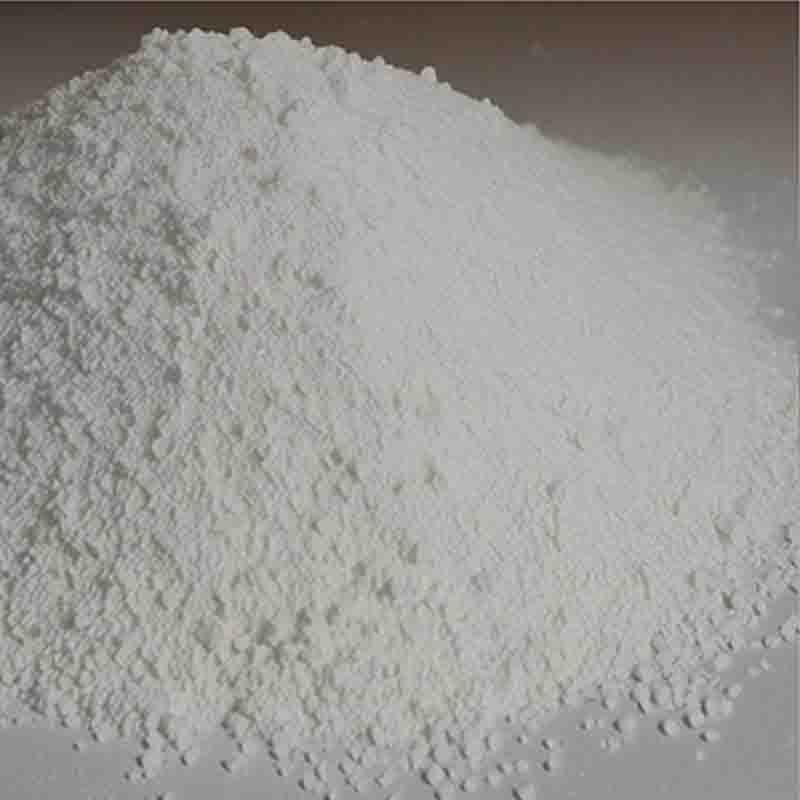Palladium hydroxide CAS: 12135-22-7
| Catalog Number | XD94394 |
| Product Name | Palladium hydroxide |
| CAS | 12135-22-7 |
| Molecular Formula | H2O2Pd |
| Molecular Weight | 140.43 |
| Storage Details | Ambient |
Product Specification
| Appearance | White powder |
| Assay | 99% min |
Palladium hydroxide, with the chemical formula Pd(OH)2, is a versatile compound with various applications in different fields.One significant use of palladium hydroxide is as a catalyst in chemical reactions. Palladium is well-known for its catalytic properties, and palladium hydroxide is an important source of palladium in catalytic processes. It is commonly used in numerous organic transformations, such as hydrogenation, oxidation, coupling reactions, and carbon-carbon bond formation. Palladium hydroxide catalysts are particularly valuable in the synthesis of pharmaceuticals, fine chemicals, and agrochemicals, as they can facilitate selective and efficient reactions with high yields.Moreover, palladium hydroxide finds applications in the field of fuel cells and renewable energy. Fuel cells are devices that convert chemical energy directly into electrical energy, and palladium-based catalysts, including palladium hydroxide, are used in the electrode assembly. Palladium hydroxide catalysts can enhance the efficiency of oxygen reduction reactions, which are crucial for the performance of fuel cells. By improving the oxygen reduction reaction kinetics, palladium hydroxide helps to increase the overall efficiency and longevity of fuel cell systems.Another important use of palladium hydroxide is in the manufacturing of electronic components and devices. It plays a vital role in the production of ceramic capacitors, as a coating material on the electrodes. Palladium hydroxide-coated electrodes offer various advantages, such as higher capacitance, improved temperature stability, and reduced sensitivity to humidity, making them suitable for a wide range of electronic applications.Furthermore, palladium hydroxide is utilized in analytical chemistry techniques, such as electrochemical sensors and biosensors. These sensors rely on the catalytic properties of palladium hydroxide to detect and measure specific analytes. For example, in environmental monitoring, palladium hydroxide-based sensors are employed to detect toxic substances, heavy metals, and pollutants in water and air.It is worth noting that palladium hydroxide is a highly reactive and potentially hazardous compound. It should be handled with caution, and appropriate safety measures should be followed to minimize any potential risks. Additionally, since palladium is a precious metal, efforts are made to recover and recycle palladium from used catalysts or waste materials to minimize environmental impact and conserve resources.In conclusion, palladium hydroxide is a versatile compound with diverse applications in catalysis, fuel cells, electronics, and analytical chemistry. Its catalytic properties, combined with its stability and performance, make palladium hydroxide a valuable tool in various sectors, contributing to the development of technologies, industrial processes, and environmental monitoring. Proper handling and safety protocols should be followed when working with palladium hydroxide to ensure its effective and safe utilization.


